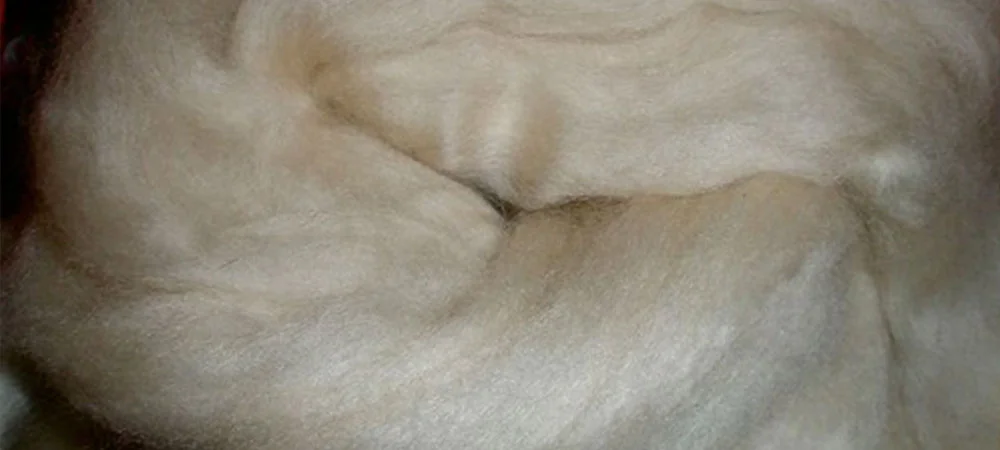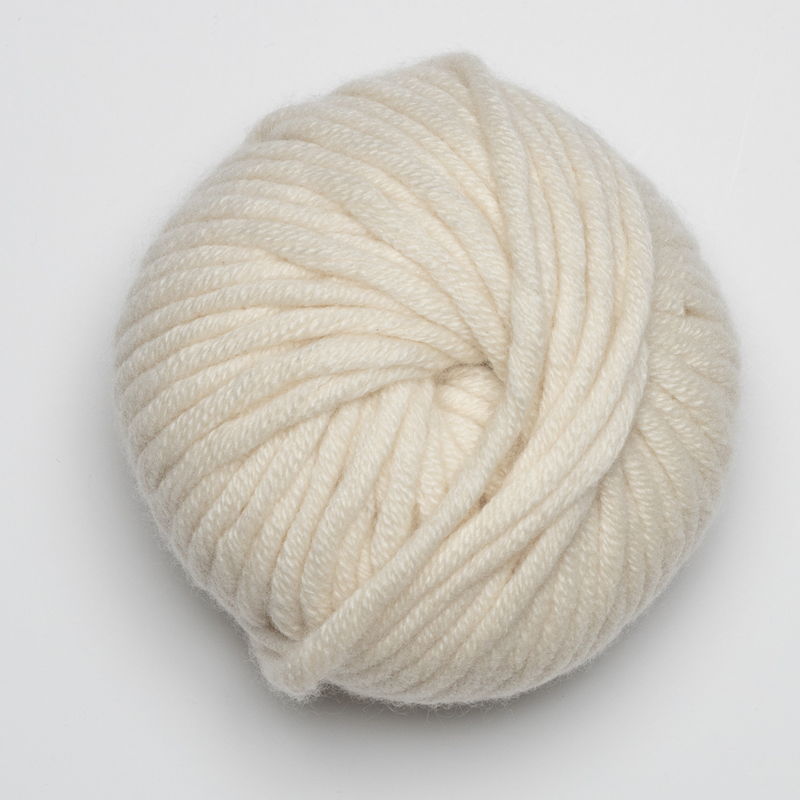The Exciting Process Behind Producing cashmere Fibre and Its Benefits
Discover the Allure of Cashmere an All-natural Fiber: Why It's a Must-Have in Your Wardrobe
The allure of cashmere, a high-end all-natural fiber, goes beyond plain aesthetic appeals. From reviewing its intriguing origin to recognizing its manufacturing procedure, quality, and care, it's worth checking out why cashmere holds such a special location in the globe of fabrics.

The Beginning and Background of Cashmere: A Short Introduction
While several might check out cashmere as a straightforward high-end, its history is soaked in rich cultural tradition. Stemming from the Kashmir area in India, cashmere wool has been produced for hundreds of years. The fiber is acquired from the soft undercoat of cashmere goats, gathered throughout their molting period. As a priceless product, it was traded along the Silk Road, becoming highly valued in Europe in the 18th century. The name 'cashmere' is an old English derivation of Kashmir. Regardless of its worldwide popularity, the majority of cashmere manufacturing still stays in Asia, specifically China and Mongolia. This historic trip highlights the cultural significance of cashmere, changing it from a regional specialized to a global deluxe.
Recognizing the Distinct Properties of Cashmere Fiber
Cashmere, renowned for its distinctive attributes, stands apart worldwide of textiles. This elegant fiber is incredibly soft, supplying a comfortable and relaxing feeling unlike any various other. It is dramatically warmer than wool, making it an ideal option for winter months garments. Despite its heat, cashmere is remarkably lightweight and doesn't include unnecessary bulk. This all-natural fiber is additionally known for its longevity. While other materials might use down over time, cashmere keeps its top quality, ensuring lasting wear. Cashmere has an one-of-a-kind aesthetic appeal. Its gentle appeal and style make it a staple in premium fashion. Understanding these properties clarifies why cashmere is not just a high-end, however a rewarding financial investment for any kind of closet.

The Process of Making Cashmere: From Goat to Garment
To value the elegant homes of cashmere completely, one must comprehend its trip from the raw fiber to the completed product. The process begins with the cashmere goats, primarily discovered in Mongolia, China, and Iran. The pure cashmere is then dyed, spun into yarn, and lastly knitted or woven into the sought after garments.

Translating the High Quality and Rate: Why Is Cashmere so Expensive?
The steep rate tag of cashmere garments frequently leaves customers wondering regarding its validation. The expense stems mostly from the difficult production procedure. is cashmere a natural fiber. Cashmere stems from the fine undercoat of the cashmere goat, with each goat creating a plain 150 grams annually. The labor-intensive process of brushing and accumulating the rare fiber substantially drives up the price. Moreover, the processing of raw cashmere needs both time and proficiency, with the fibers needing to be very carefully arranged, cleaned, and spun. The deficiency of pure cashmere, paired with its premium softness, warmth, and resilience, justifies its luxury status and high rate. These aspects integrated make cashmere a pricy yet highly sought-after commodity worldwide of style.
Cashmere in vogue: The Versatility and Classic Charm
Despite its high rate, the classic charm and versatility of cashmere have solidified its place in the realm of fashion. The versatile nature of cashmere allows for its combination into both official and casual clothing, symbolizing its broad appeal. As fads come and go, cashmere stays a constant, its appeal undiminished, continuing to shape the style and motivate market's landscape.
Taking Care Of Your Cashmere: Maintenance and Preservation Tips
Ensuring the long life of cashmere garments requires particular treatment and interest. These valued possessions ought to not be tossed right into the washing maker with normal laundry. Instead, hand cleaning with mild, pH-neutral soap in lukewarm water is advised. After washing, they need to not be wrung out. Rather, they need to be delicately pushed in between towels to absorb excess water, then laid flat to dry. Regular cleaning with link a cashmere comb can prevent pilling. Storing these items in an amazing, dry location, ideally in a her comment is here breathable bag, can protect them from moths and humidity (is cashmere a natural fiber). An occasional airing outside, far from straight sunshine, can freshen the fibers. With these upkeep and preservation suggestions, one can ensure their cashmere remains luxuriously soft and durable.
Verdict
Cashmere, with its unparalleled soft qualities and warmth, provides both deluxe and longevity. Its origin from the Kashmir region and thorough production procedure add to its high-end allure and cost. Its versatility in fashion and enduring beauty make it a worthwhile financial investment for any type of closet. With appropriate treatment and conservation, cashmere garments can last for many years, using a distinct mix of quality, comfort, and design. Discover the appeal of cashmere and boost your fashion arsenal.
